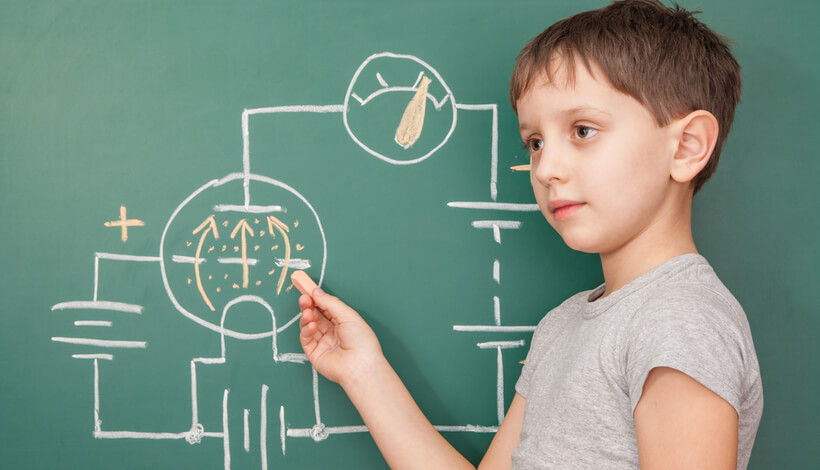Like design thinking, PBL is a process that students master (making it transferable) and then can manage themselves with appropriate support from peers and teachers. The complexity of the process will increase based on grade level and the details of the process will be nuanced by the requirements of specific academic subjects. The general process, however, will become routine over time. According to Bob Lenz, Executive Director of the Buck Institute for Education, there are six criteria of high-quality projects:
- Intellectual Challenge and Achievement: Students learn deeply, think critically, and strive for excellence.
- Authenticity and Empathy: Students work on projects that are meaningful and relevant to their culture, their lives, and their future.
- Public Product: Students’ work is publicly displayed, discussed, and critiqued.
- Collaboration & Communication: Students collaborate with other students in person or online and/or receive guidance from adult mentors and experts.
- Project Management: Students use a project-management process that enables them to proceed effectively from project initiation to completion.
- Reflection: Students reflect on their work and their learning throughout the project.
The most common question raised by teachers is how to adapt all the existing course content and skills work into a PBL format. The…

